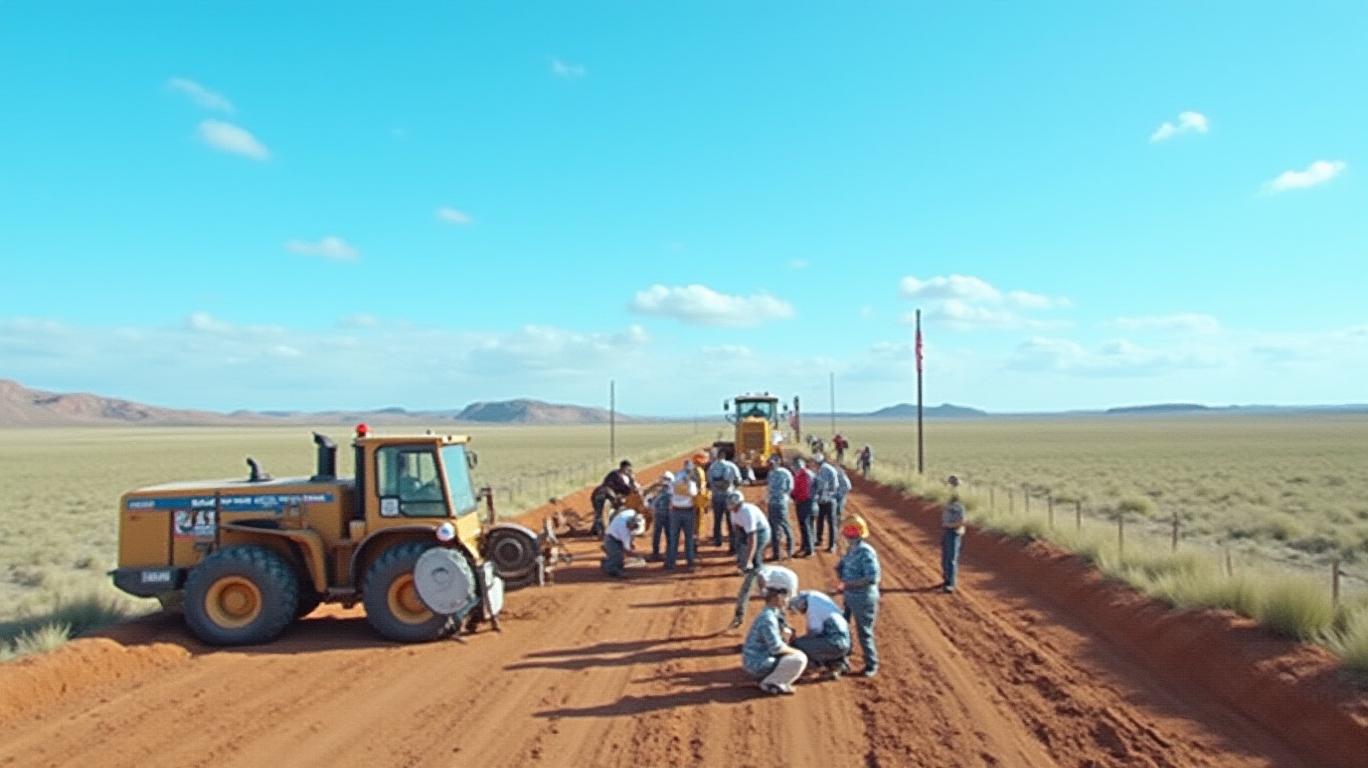Strathcona Resources: A Contrarian Play on Margin Expansion and Asset Mastery
In a commodities sector buffeted by macroeconomic volatility and geopolitical uncertainty, Strathcona Resources Ltd. (TSX: SCR) has emerged as a beacon of operational discipline and strategic foresight. Its Q1 2025 earnings report—highlighted by a 31% revenue surprise, 104% net income surge, and a profit margin expansion to 16%—paints a compelling picture of a company primed to capitalize on its cost advantages and asset optimization prowess. For investors seeking undervalued resource equities, Strathcona’s transformation into a low-breakeven, high-margin producer offers a rare contrarian opportunity.
The Cost Control Edge: From Royalties to Resilience
Strathcona’s Q1 results underscore a relentless focus on reducing costs across its operations, a strategy that has insulated it from the sector’s broader struggles. A key driver is its 12.2% effective royalty rate—a 40% decline from the prior quarter—achieved through renegotiated contracts and production efficiencies. This, coupled with a $5/barrel cost reduction in Cold Lake thermal operations (via new well pairs at a 2.3x steam-oil ratio), has slashed breakeven prices.
The company’s Lloydminster Conventional Winter project, which hit a 10-year production high of 4,000 bbl/d, exemplifies how operational excellence can unlock value from legacy assets. Meanwhile, the $24 million decommissioning cost spike in Q1 appears temporary, with management guiding for a CAD 5 million quarterly average for the rest of 2025. This discipline is reflected in capital expenditures: CAD 350.6 million allocated to strategic projects like the Meota Central facility (22% complete, on budget), while non-core Montney assets were sold for CAD 2.84 billion, reducing debt and boosting liquidity to CAD 3.0 billion post-sale.

Asset Optimization: Divesting for Dominance
Strathcona’s decision to divest non-core Montney assets—a CAD 2.84 billion sale—is a masterstroke in portfolio rebalancing. By shedding natural gas-weighted assets, Strathcona has redirected capital toward higher-margin thermal oil projects, which now account for 55% of its production. This shift has already paid dividends: the company’s debt-to-EBITDA ratio is set to drop below 1.0, a stark contrast to peers grappling with leverage.
The Meota Central project, a $360 million investment, epitomizes this strategy. Upon completion in late 2026, it will add 13 Mbbls/d of thermal oil production at industry-leading margins, further solidifying Strathcona’s position as a low-cost producer. Meanwhile, its 9.2% stake in MEG Energy positions it to benefit from synergies in oil sands operations, a sector where scale and operational expertise are critical.
Margin Expansion: The Undervalued Catalyst
Strathcona’s profit margin has nearly doubled year-over-year to 16%, a stark contrast to the sector’s average of 10%. This margin strength is no accident: by focusing on thermal oil (which commands premium pricing) and reducing royalties, Strathcona has built a $5/barrel cost advantage over rivals. Even at $60/barrel oil prices, its free cash flow remains robust, supporting a 20% dividend hike to CAD 0.30/share—a yield of 5.5% at current prices.
Why Now? Contrarian Value in a Bearish Sector
While energy equities face headwinds from interest rate uncertainty and demand volatility, Strathcona’s $3.0 billion liquidity and low breakeven costs position it to outperform peers. The stock trades at a discount to its five-year average EV/EBITDA multiple, despite its margin expansion and balance sheet strength.
Critics may cite the 7.7% EPS miss or execution risks around Meota Central, but these are outweighed by the company’s track record: Cold Lake’s record production and the Montney sale’s swift capital reallocation prove management’s execution capability.
The Bottom Line: A Margin-Driven Dividend Machine
Strathcona Resources is no longer just an oil producer—it is a margin optimization powerhouse. Its strategic divestitures, cost discipline, and focus on high-margin thermal oil have created a self-funding dividend machine, with free cash flow covering payouts even in downside scenarios.
For investors seeking resilience in a volatile energy market, SCR offers a rare combination of value, yield, and growth. With a CAD 3.0 billion liquidity buffer, a 5.5% dividend yield, and projects poised to deliver 4% annual production growth, now is the time to position in this undervalued contrarian play.
Act now—before the market catches up to Strathcona’s margin mastery.

Comments
No comments yet